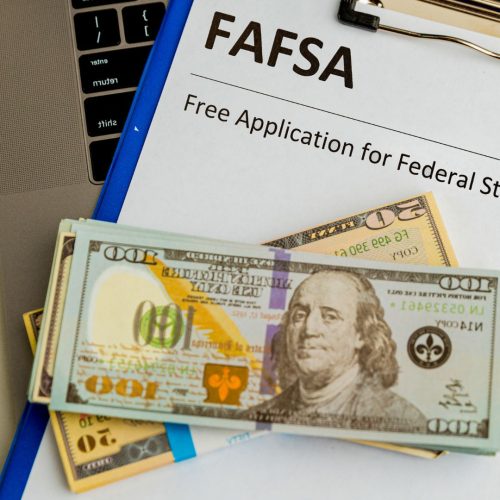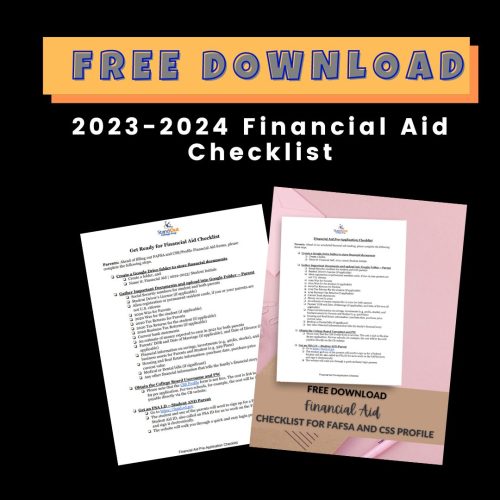
Recommended Reading
4 Overlooked Ways to Pay for College
Learn easy and practical tips to pay for college to lessen the financial burden. Get tips to pay for college such as negotiating financial aid.
Why Apply for Scholarships
With fewer colleges offering merit scholarships, learn why you should apply for scholarships as part of your plan to make college affordable.
The Dos and Don’ts of Writing a Letter of Appeal for Financial Aid
Need help writing a letter of appeal for financial aid? This guide outlines the dos and don'ts to ensure your appeal leads to more aid.
7 Big Mistakes to Avoid When You Apply for Financial Aid
Avoid big mistakes when you apply for financial aid. Grants, work-study, loans, and scholarships help make college affordable.
How to Appeal Financial Aid + Letter Sample
Get step-by-step assistance with getting more financial aid. Also download appeal financial aid letter sample to get started.
How to Pay for College
Read how you can get money to pay for college. FAFSA, 529 savings plans, scholarships, choosing the right college, and hiring a college consultant.













